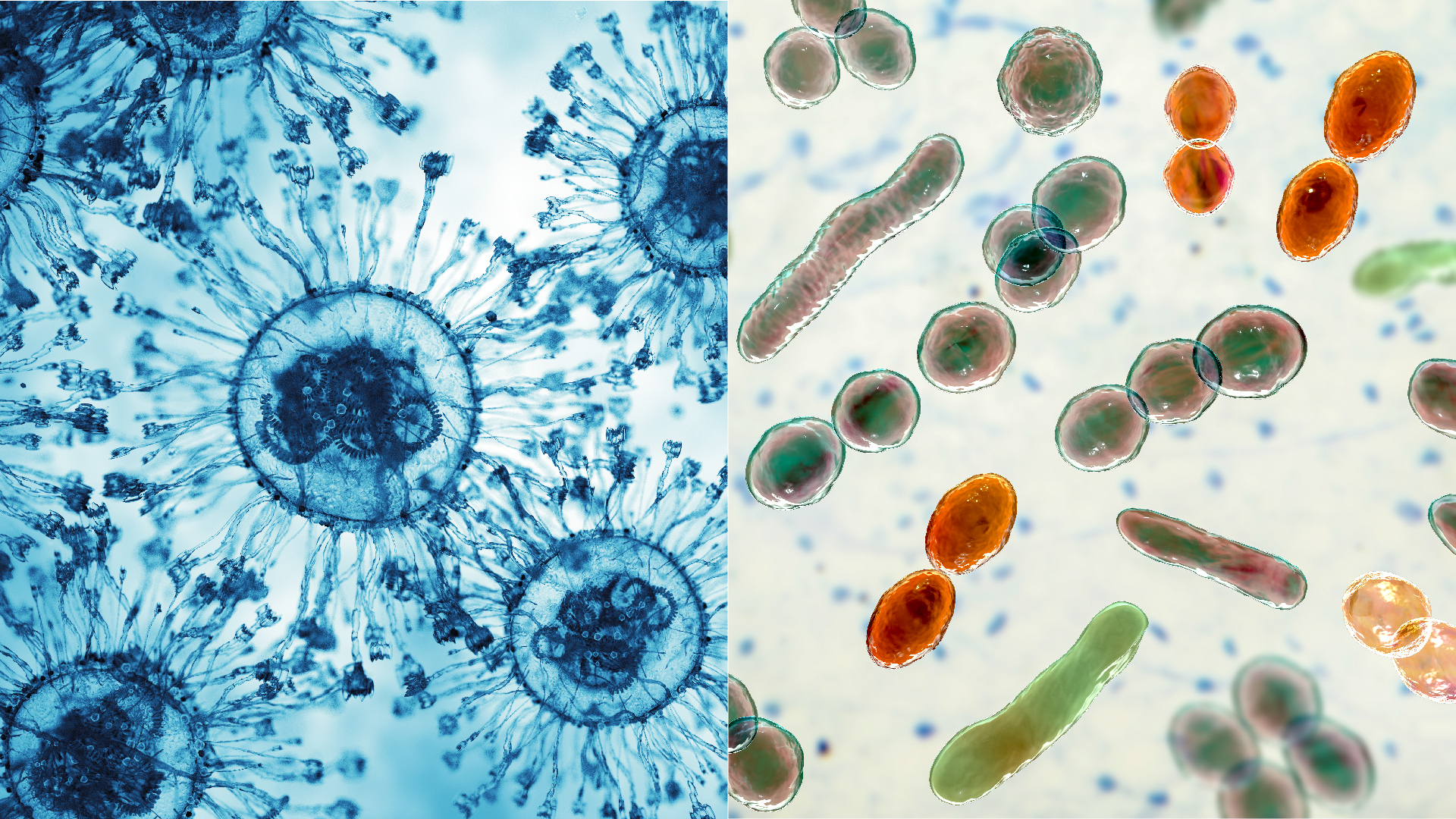Foods, Vol. 13, Pages 3304: Investigating the Quantification Capabilities of a Nanopore-Based Sequencing Platform for Food Safety Application via External Standards of Lambda DNA and Lambda Spiked Beef
Foods doi: 10.3390/foods13203304
Authors: Sky Harper Katrina L. Counihan Siddhartha Kanrar George C. Paoli Shannon Tilman Andrew G. Gehring
Six hundred million cases of disease and roughly 420,000 deaths occur globally each year due to foodborne pathogens. Current methods to screen and identify pathogens in swine, poultry, and cattle products include immuno-based techniques (e.g., immunoassay integrated biosensors), molecular methods (e.g., DNA hybridization and PCR assays), and traditional culturing. These methods are often used in tandem to screen, quantify, and characterize samples, prolonging real-time comprehensive analysis. Next-generation sequencing (NGS) is a relatively new technology that combines DNA-sequencing chemistry and bioinformatics to generate and analyze large amounts of short- or long-read DNA sequences and whole genomes. The goal of this project was to evaluate the quantitative capabilities of the real-time NGS Oxford Nanopore Technologies’ MinION sequencer through a shotgun-based sequencing approach. This investigation explored the correlation between known amounts of the analyte (lambda DNA as a pathogenic bacterial surrogate) with data output, in both the presence and absence of a background matrix (Bos taurus DNA). A positive linear correlation was observed between the concentration of analyte and the amount of data produced, number of bases sequenced, and number of reads generated in both the presence and absence of a background matrix. In the presence of bovine DNA, the sequenced data were successfully mapped to the NCBI lambda reference genome. Furthermore, the workflow from pre-extracted DNA to target identification took less than 3 h, demonstrating the potential of long-read sequencing in food safety as a rapid method for screening, identification, and quantification.

 10 hours ago
10
10 hours ago
10


